Discover Enchantment: Top 10 Must-Visit Gems of Luxor
Posted on June 3, 2024 • 12 minutes • 2482 words
Table of contents
Welcome to the heart of ancient wonders, where every step tells a story spanning millennia. Luxor, often referred to as the world’s greatest open-air museum, holds treasures that echo the grandeur of the Pharaohs. While the allure of Luxor captivates the most curious travelers throughout the year, it’s during the cooler months from October to April that this city truly comes alive. The temperate climate makes exploring the vast temples and tombs nestled by the Nile more comfortable. However, Luxor’s magic doesn’t fade with the seasons. Regardless of when you decide to visit, this city of relics promises adventures and discoveries at every turn, beckoning travelers with its timeless charm. Prepare to be mesmerized as we unveil the top 10 must-visit gems of Luxor, each a testament to the ancient world’s splendor.
10 best things to see in Luxor
10. Medinet Habu
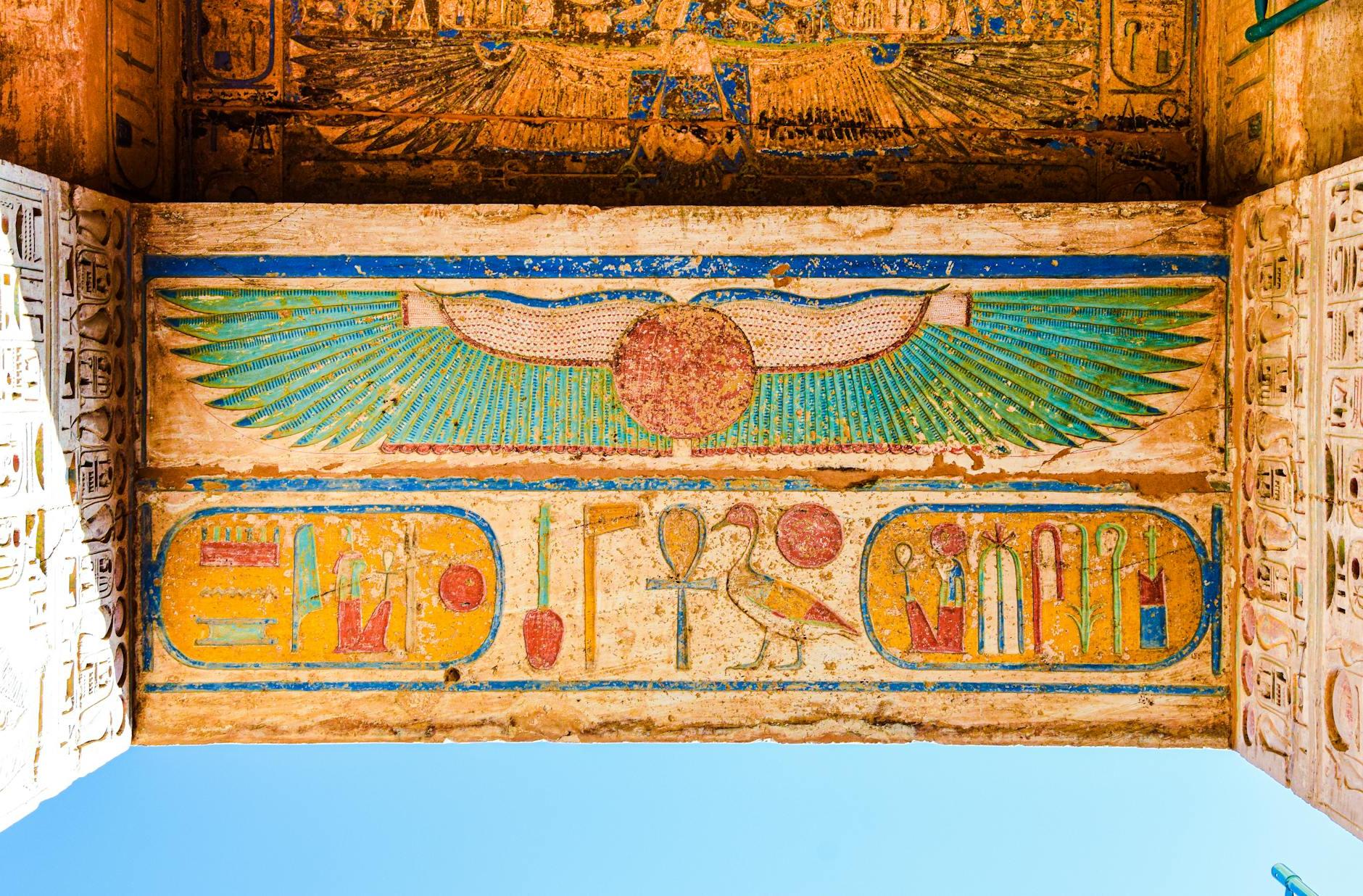
When you’re in Luxor, adding Medinet Habu to your itinerary is a must-do for a rich dive into ancient Egyptian history and architecture. This impressive site on the West Bank of the Nile is easily accessible — you can take a taxi, bike, or even a local ferry followed by a short ride. Why go? Medinet Habu is home to the Mortuary Temple of Ramesses III, one of the best-preserved temples in Egypt. This place is a history enthusiast’s dream, with its detailed reliefs depicting ancient battles and everyday life. Pay special attention to the vibrant colors in some of the wall paintings — they’ve remarkably withstood the test of time. Also, the complex’s imposing statues and towering columns offer a great glimpse into the grandeur of the Pharaohs’ era. While exploring, don’t miss the smaller chapels dedicated to other gods and goddesses, each telling its own story of ancient beliefs and rituals.
9. Ramesseum
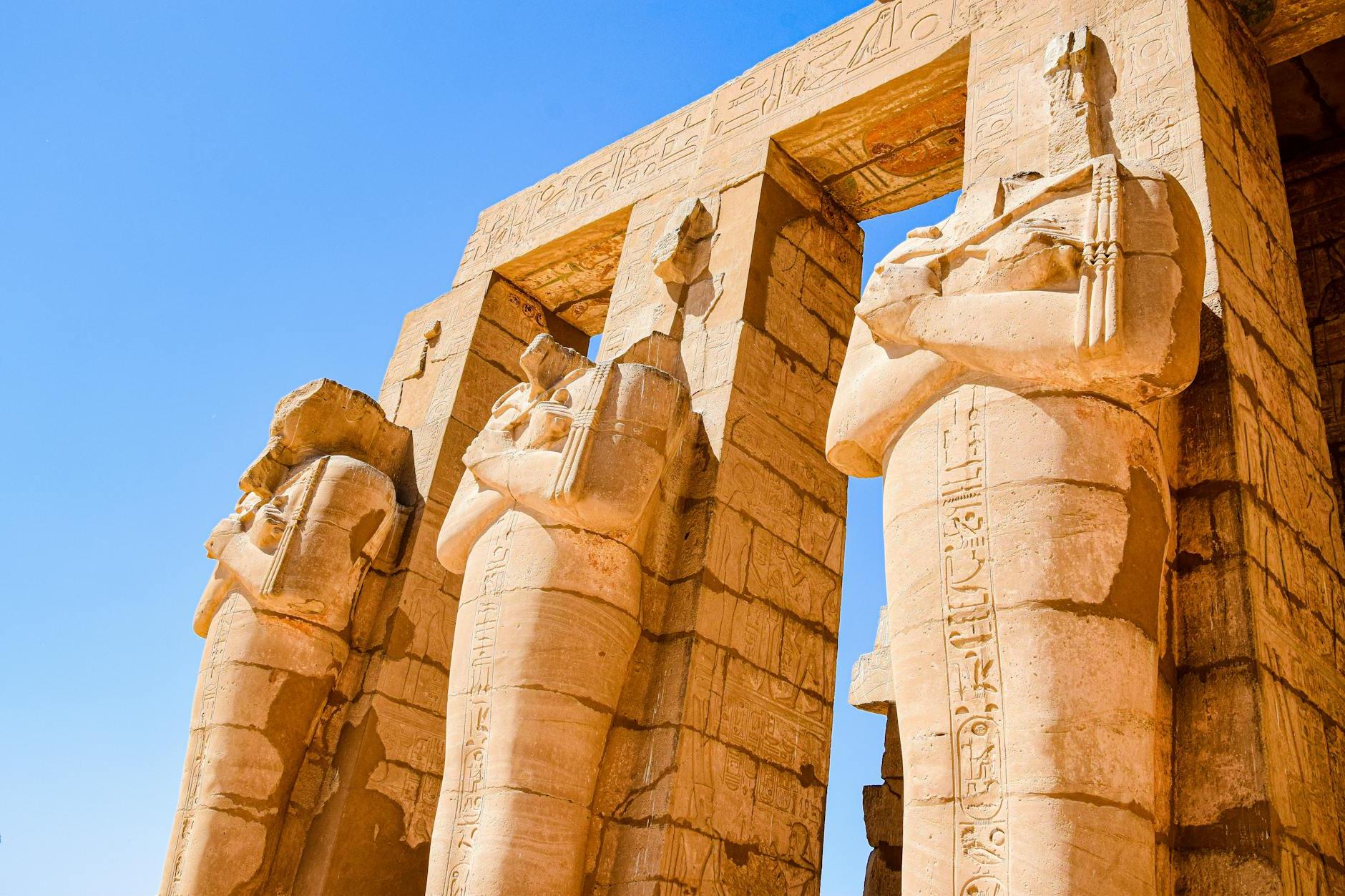
If you find yourself in Luxor, a visit to the Ramesseum is a must-do. This ancient site, located on the west bank of the Nile, is nothing short of awe-inspiring. To get there, you can take a local taxi or book a tour from Luxor city; both options will get you to the Ramesseum in about 20 minutes. Once there, prepare to be captivated by the history that envelops this memorial temple of Pharaoh Ramses II. One of the major attractions to pay attention to is the colossal statue of Ramses II, which, even in its fallen state, impresses with its sheer size and detail. Additionally, don’t miss the intricately carved reliefs that depict various historical events and battles, providing a window into the past. The Ramesseum is not just a testament to ancient engineering and artistry, but also a serene place, offering a quieter, more contemplative experience compared to the bustling tourist spots of Luxor.
8. Tombs of the Nobles
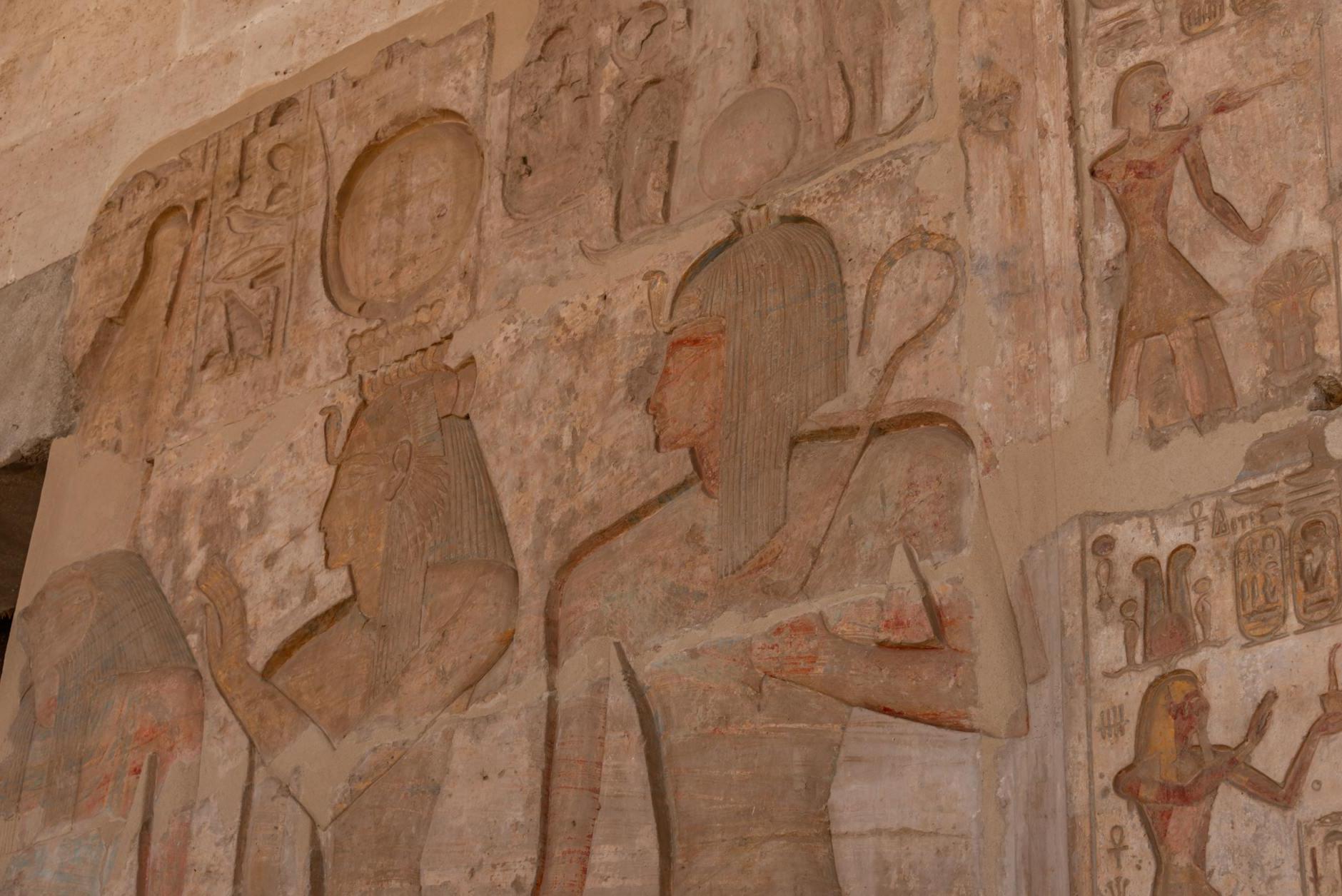
When you’re in Luxor, a must-visit place is the Tombs of the Nobles. This incredible site offers a unique glimpse into the lives of ancient Egyptian elites, away from the more crowded tourist spots. Nestled in the rugged hills on the West Bank of the Nile, getting there is an adventure in itself. You can cross the Nile from the East Bank by taking a local ferry or hiring a private boat, then it’s either a short ride by taxi or a bike rental for the more adventurous. Once there, be ready to marvel at beautifully preserved paintings and hieroglyphs that adorn the walls of the tombs, depicting daily life, beliefs, and customs of ancient Egypt. Make sure to wear comfortable shoes as you’ll be walking on uneven surfaces, and bring plenty of water to stay hydrated under the sun. Pay special attention to the Tomb of Sennofer and the Tomb of Rekhmire; their exquisite art and architecture make them standout highlights of this historic necropolis.
7. Luxor Museum
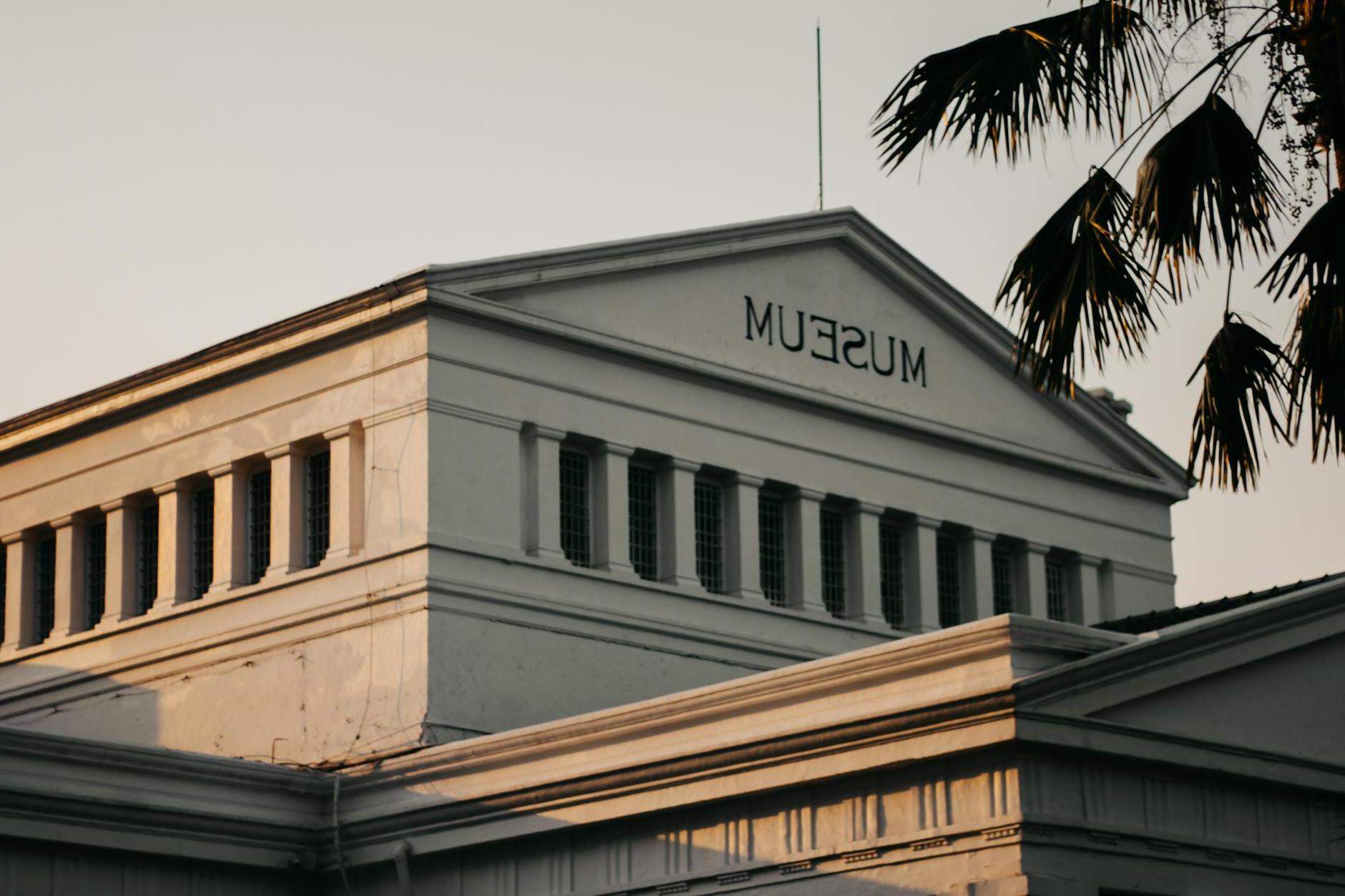
When you find yourself in Luxor, a visit to the Luxor Museum is a must-do. This museum is renowned for its collection of ancient Egyptian artifacts, beautifully displayed in a modern setting, offering you a peek into Egypt’s glorious past. To get there, you can easily take a taxi from anywhere in Luxor; it’s located in the city center, close to the Luxor Temple, making it a convenient stop in your itinerary. Pay special attention to the royal mummies of two pharaohs and the reconstructions of walls of Akhenaten from Karnak. These exhibits are not just breathtaking but also tell fascinating stories of history, art, and religion. The museum’s design allows for a peaceful, uncrowded experience, giving you the space and silence to truly immerse yourself in the ancient world. Whether you’re a history buff or simply looking to enrich your travel experience, the Luxor Museum is an unforgettable stop that enriches your understanding of Egypt’s majestic heritage.
6. Mortuary Temple of Hatshepsut
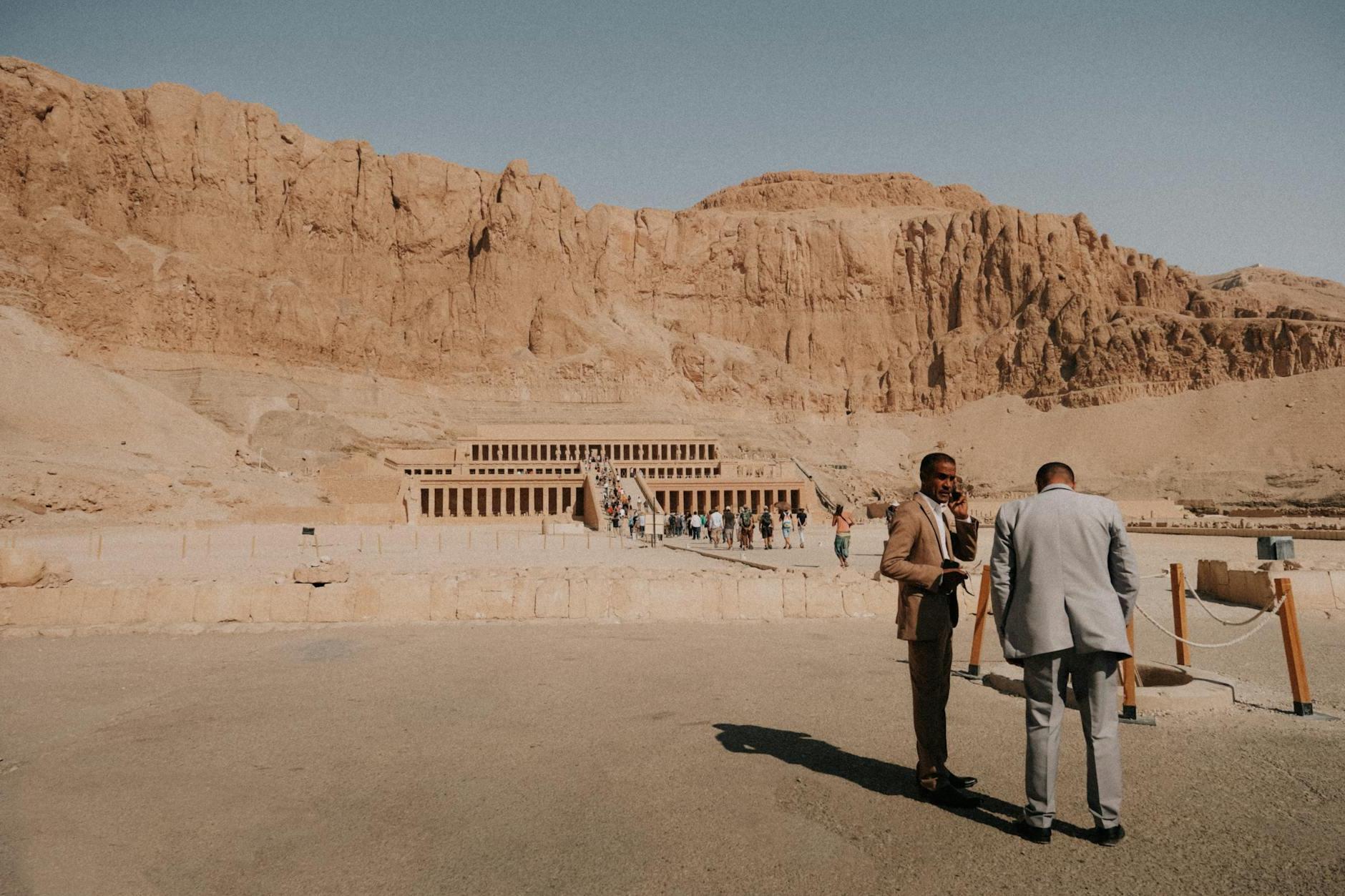
If you’re planning a trip to Luxor, Egypt, the Mortuary Temple of Hatshepsut is a must-visit site that should definitely be on your itinerary. Located beneath the cliffs at Deir el-Bahari, this stunning temple is one of Egypt’s most beautiful and best-preserved monuments. Hatshepsut was one of the few female pharaohs of ancient Egypt, and her temple is a testament to her power and the architectural brilliance of that era. To get there, you can take a taxi or join a guided tour from Luxor, which is about a 30-minute drive. Once there, pay special attention to the temple’s three terraced levels, connected by ramps, which are adorned with intricate reliefs depicting Hatshepsut’s divine birth and her trading expedition to the land of Punt. The site’s harmonious blend with the surrounding nature and its historical importance make it an unforgettable part of any Luxor visit. Don’t forget to bring a camera, wear comfortable walking shoes, and carry water, as exploring this fascinating piece of history under the Egyptian sun can be thirsty work.
5. Valley of the Queens
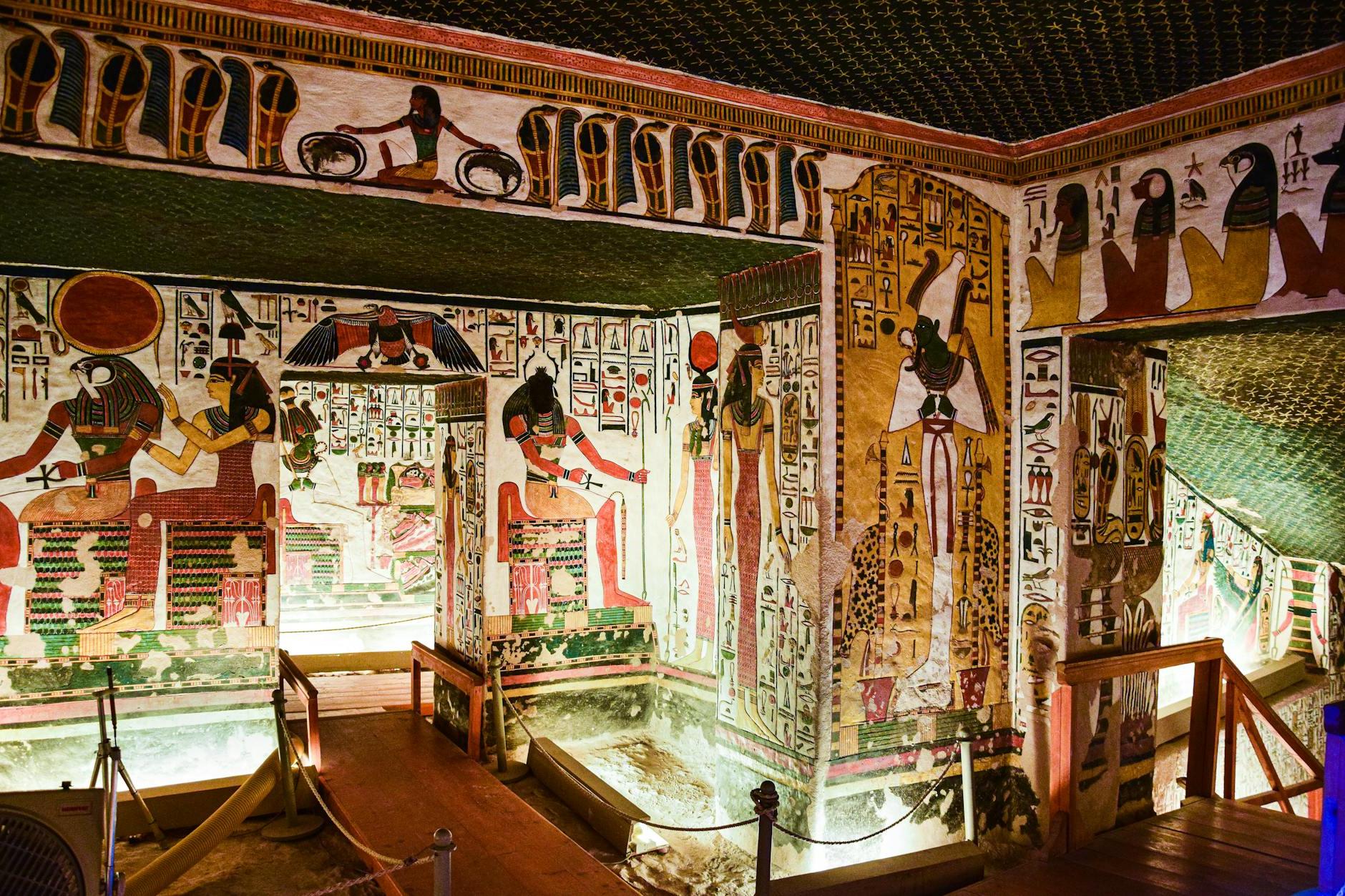
While you’re in Luxor, visiting the Valley of the Queens is a must-do for any history enthusiast or traveler seeking to immerse themselves in ancient Egypt’s royal past. This less-crowded counterpart to the famous Valley of the Kings offers a serene yet profound glimpse into the lives of the queens and princes of the New Kingdom period. To get there, you can easily hire a taxi or join a guided tour from Luxor, which is only about a 20-minute drive away. Once there, be sure to explore the vividly decorated tombs, especially that of Queen Nefertari, renowned for its breathtaking artistry and preservation. This site not only offers a quieter, more reflective experience but also a chance to connect with the powerful women who shaped Egypt’s history. Remember to bring a hat and water and to respect the sacredness of these ancient resting places by following all visitor guidelines.
4. Luxor Temple

When you visit Luxor, the Luxor Temple is an absolute must-see. This ancient temple sits at the heart of the city, serving as a key witness to Egypt’s rich history. Getting there is straightforward – you can take a taxi, a horse-drawn carriage, or even a leisurely walk if you’re staying in central Luxor. As you explore, pay special attention to the stunning entrance, known as the First Pylon, and the Avenue of Sphinxes that once connected Luxor Temple to Karnak Temple. The temple comes alive at night when the lights illuminate its majestic structures, offering a breathtaking view. Remember to look out for the impressive statues of Ramses II and the remaining obelisk (its twin stands in the Place de la Concorde in Paris). Each corner of this temple tells a story, bringing ancient civilizations closer to our modern world. Don’t rush your visit – take your time to soak in the history and marvel at the intricate hieroglyphics. Luxor Temple isn’t just a historical site; it’s a journey back in time.
3. Karnak Temple
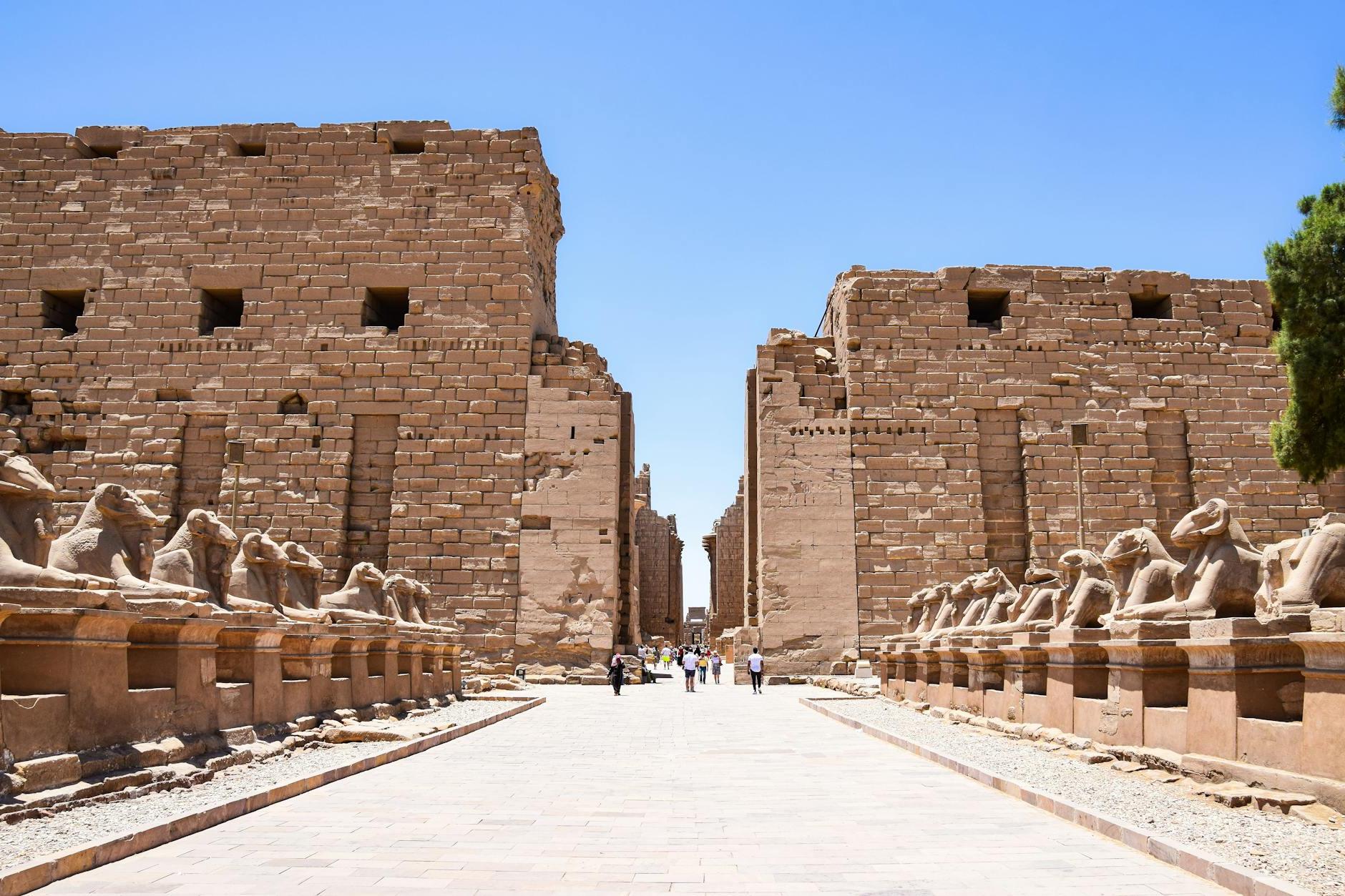
If you’re visiting Luxor, the Karnak Temple is an absolute must-see. This sprawling temple complex is among the largest in the world and showcases the grandeur of Ancient Egypt like no other site. Imagine walking through a forest of giant pillars, each one telling a story of pharaohs and gods from thousands of years ago. To get there, you can easily take a taxi or a horse-drawn carriage from the city center; it’s a short and scenic journey. Once you’re there, pay close attention to the Great Hypostyle Hall - it’s an awe-inspiring sight with its 134 massive columns. Also, don’t miss the sacred lake, which was used for rituals, and the detailed hieroglyphs that cover the walls, offering a glimpse into ancient beliefs and rituals. Visiting Karnak Temple is like stepping back in time - an experience you won’t forget.
2. Valley of the Kings
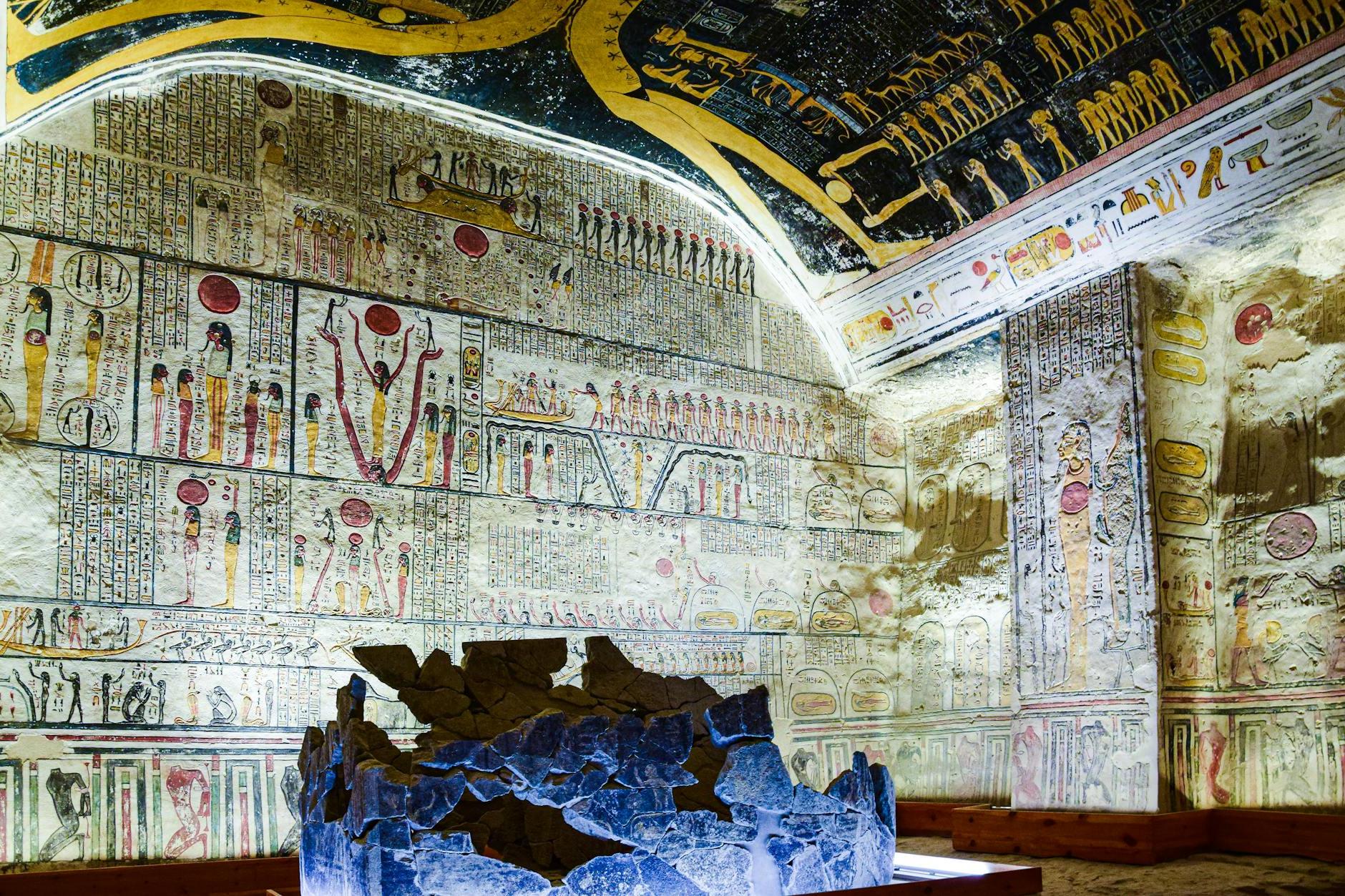
If you’re in Luxor and looking to be awed by ancient Egyptian magnificence, visiting the Valley of the Kings is a must. This spectacular archaeological site, nestled on the west bank of the Nile River, serves as a royal burial ground for pharaohs such as Tutankhamun and Ramses II, showcasing Egypt’s splendor. Getting there is a breeze – you can catch a local ferry across the Nile from East Luxor and then hop on a taxi or a bike. For a guided experience, many tourists opt for tours which include transport and insights into the history of the area. Once you’re there, be prepared to be amazed by the intricate hieroglyphics and stunning decorations inside the tombs. Remember, photography is usually restricted, so be sure to soak in the beauty with your eyes. Also, buying a ticket that includes entry to multiple tombs can offer more value. Dress comfortably and bring water, as the desert heat can be intense. Experiencing the Valley of the Kings gives a rich glimpse into Egypt’s past that you won’t want to miss.
1. Colossi of Memnon
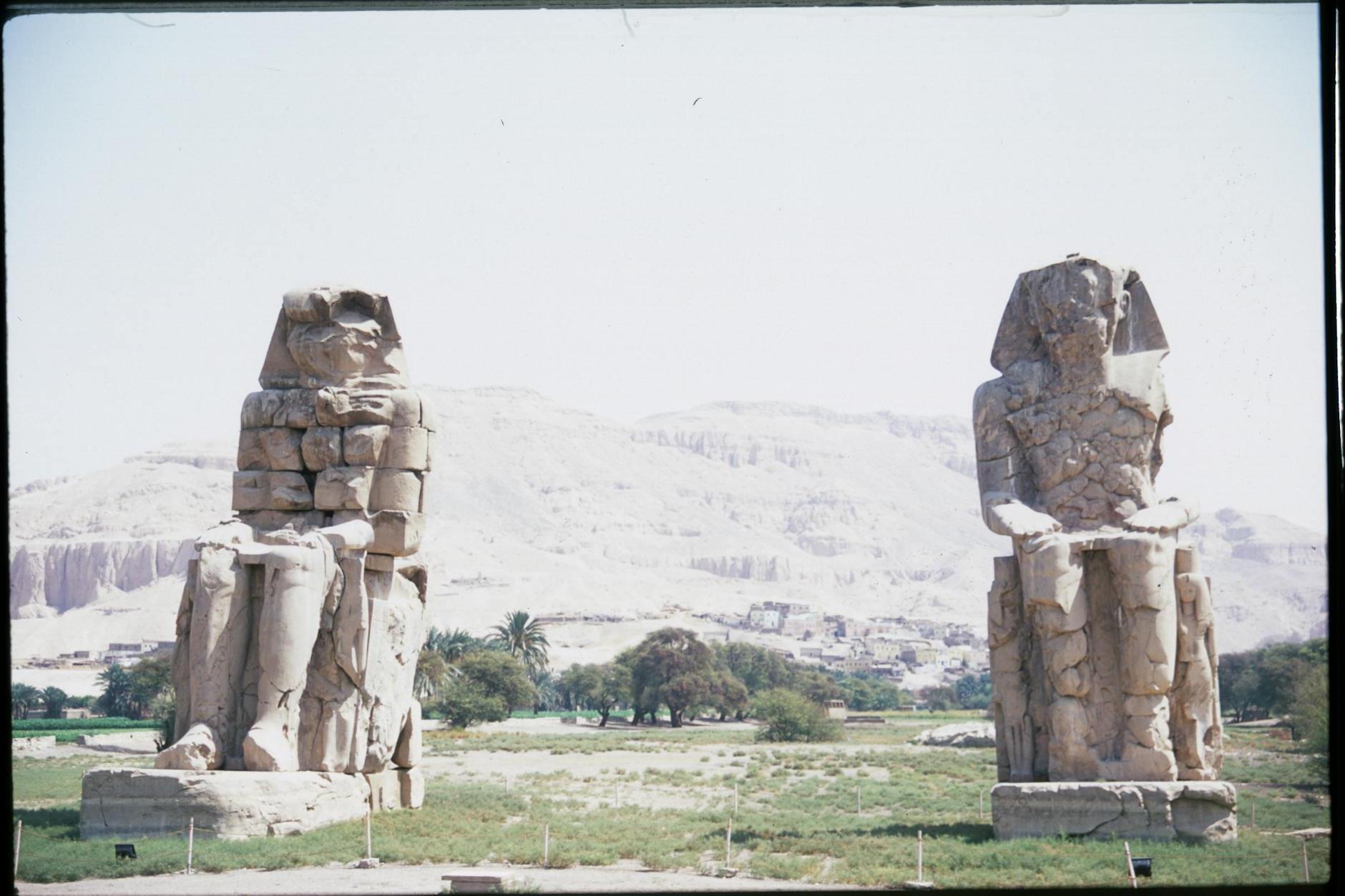
If you find yourself in Luxor, a visit to the Colossi of Memnon is essential. These colossal statues are all that remain of a once-great temple, serving as guardians for millennia. They stand tall near the Nile, offering a glimpse into Egypt’s fascinating past. To reach them, you can easily take a taxi or join a guided tour from anywhere in Luxor. They’re located on the West Bank, close to other fascinating monuments, making them a convenient stop on your journey through ancient Egypt. While there, pay special attention to the craftsmanship of the statues and consider the history they’ve witnessed, from earthquakes to floods, yet still standing proud. Remember to take your camera; the statues, with the Theban mountains in the background, offer a perfect photo opportunity, especially at sunrise or sunset when the light plays off the stone in stunning ways.
Frequently Asked Questions
1. What is the best time of the year to visit Luxor?
The best time to visit Luxor is between October and April. During these months, the weather is pleasantly cool, making it ideal for exploring the ancient wonders of Luxor without the intense heat that summer brings. You’ll get the chance to enjoy all the outdoor activities and sightseeing without the discomfort of high temperatures. However, if you’re looking for a more economical trip, consider visiting during the summer months, from May to September. Although it can get quite hot, with temperatures often rising above 40°C (104°F), this is also when you’ll find fewer tourists and better deals on hotels and flights. Just remember to stay hydrated and protect yourself from the sun!
2. Should I rent a car in Luxor?
When deciding whether to rent a car in Luxor, it’s important to consider a few key factors. Luxor’s roads are relatively navigable, but the traffic can sometimes be overwhelming, especially for those not used to the driving style in Egypt. Finding parking can also be a challenge in the busier areas close to major tourist sites. However, there are alternatives to driving yourself. Luxor offers various public transport options, including local buses and minibuses that are quite affordable, albeit a bit crowded. Taxis are another viable option; they’re widely available and can be convenient for getting around, though it’s wise to agree on the fare beforehand to avoid surprises. In short, unless you’re confident in navigating foreign traffic and finding parking, you might find using public transport or taxis to be a less stressful and more enjoyable way to explore Luxor.
3. What are different ways to get to Luxor?
Getting to Luxor, the ancient city on the east bank of the Nile, is easy and can be done in a few different ways, catering to your preference and budget. If you’re flying in, Luxor International Airport is your direct gateway, welcoming flights from many cities within Egypt and some international locations. For a more scenic route, consider taking a train; Egypt’s railway network offers comfortable and relatively fast services from major cities like Cairo and Aswan directly to Luxor. Buses are also an option, with several companies operating daily services from various cities to Luxor, providing a cost-effective way to reach your destination. If you prefer the flexibility of travel, you can drive to Luxor. It’s connected by well-maintained roads, making it accessible for a road trip from major Egyptian cities. Driving from Cairo, for example, offers an adventurous journey along the Nile, with the trip taking about 9 to 10 hours. Each mode of transport presents a unique way to start your exploration of Luxor’s rich cultural heritage and breathtaking ancient monuments.
4. Are there things to do with children in Luxor?
Absolutely, Luxor is a fantastic destination for families with children! This ancient city, often called the world’s greatest open-air museum, has plenty to offer for young explorers. A hot-air balloon ride over Luxor at sunrise is an enchanting experience for both parents and kids, providing a bird’s eye view of the majestic temples and the Nile River. The Karnak Temple Complex, with its massive statues and towering columns, is like a real-life history book that will spark children’s imaginations. Don’t miss the opportunity to take a family boat ride on the Nile River; it’s a relaxing way to see the sights and a big hit with kids. For a bit of adventure, you can also visit the Crocodile Museum in Kom Ombo, where you’ll find mummified crocodiles and learn about the ancient Egyptians’ fascinating relationship with these creatures. Luxor is a place where history comes alive, ensuring that your children’s visit will be both educational and fun.
5. Is Luxor safe to travel to?
Yes, Luxor is generally safe to travel to. Like any popular tourist destination, it’s important to exercise caution to ensure a pleasant visit. In crowded areas or while exploring its stunning ancient sites, keep your valuables out of sight and stay alert to your surroundings. Familiarizing yourself with local emergency contact information is also a wise step, just in case you need assistance. By following these common-sense precautions, you can enjoy the rich history and beauty of Luxor with peace of mind.



